About Us | Blog | FAQs | Tips/Troubleshoot | Contact Us | Machine Manuals | Demo Videos
Ultimate Guide to Choosing the Right Meat Chamber Vacuum Sealer for Optimal Freshness and Quality
When it comes to preserving the freshness and quality of your meats, investing in a meat chamber vacuum sealer can be a game changer for both home cooks and culinary professionals alike. With a plethora of options available on the market, selecting the right model can feel overwhelming. This ultimate guide is designed to simplify your decision-making process by highlighting key factors to consider and offering tips for maximizing the benefits of your meat chamber vacuum sealer. From understanding the various features that enhance vacuum sealing efficiency to recognizing how different models impact food preservation, we've gathered essential insights to help you choose the ideal sealer for your needs. Whether you're looking to extend the shelf life of your favorite cuts or streamline meal prep, this guide will equip you with the knowledge needed to maintain optimal freshness and quality.
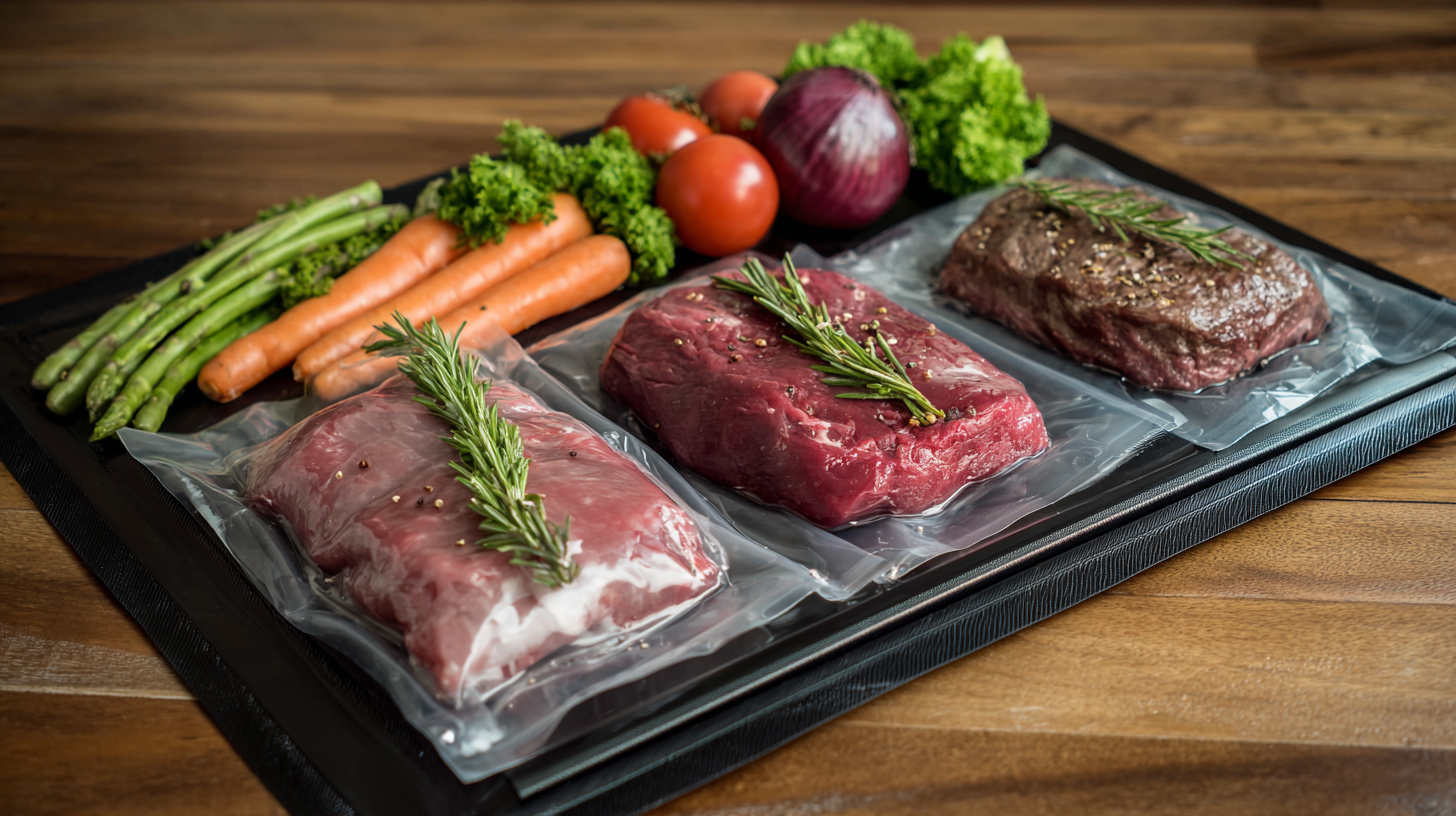
Table of Contents
[Hide]
Understanding the Importance of Vacuum Sealing for Meat Freshness
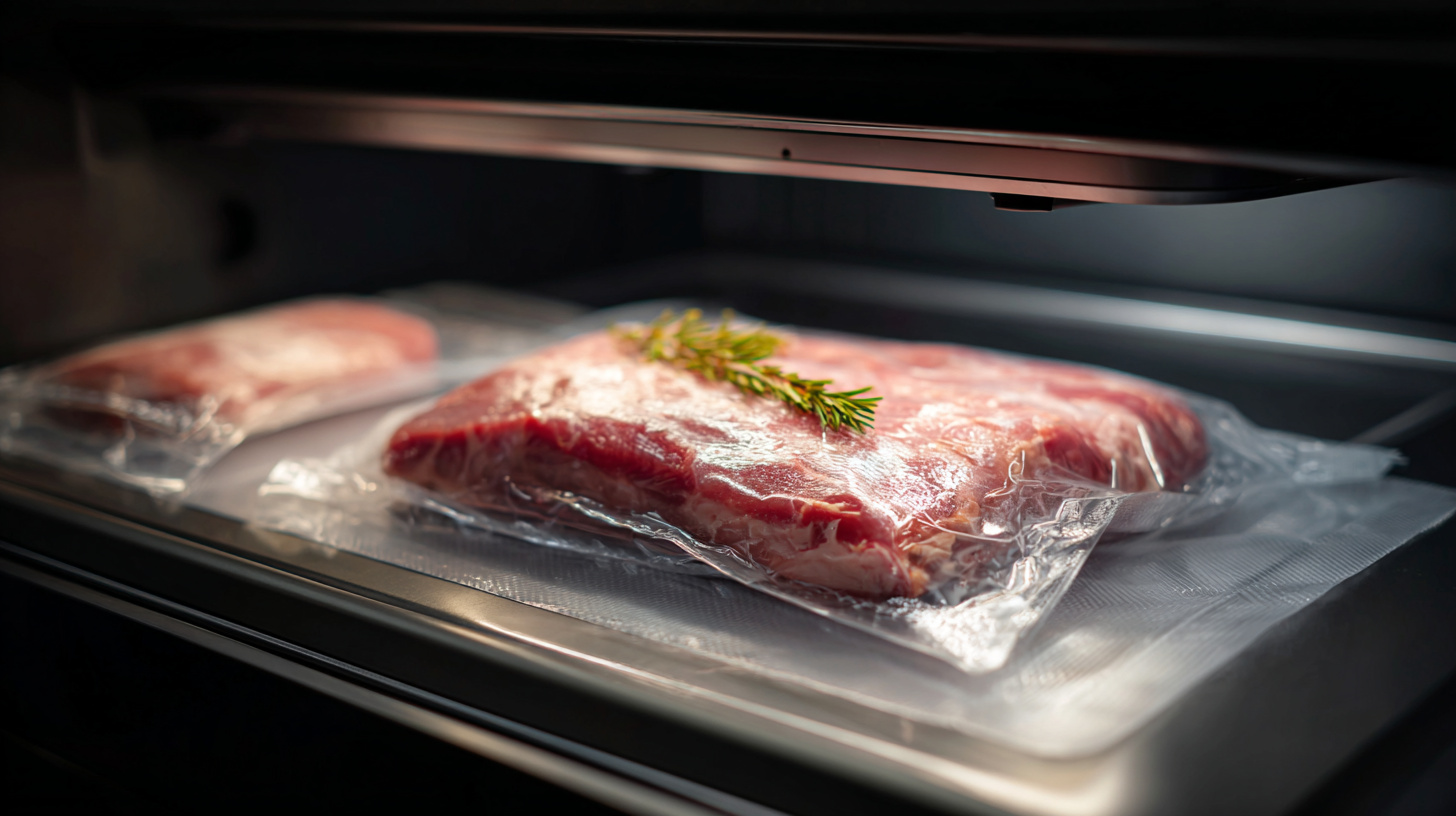 Vacuum sealing meat is essential for preserving freshness and maintaining quality. According to the USDA, properly vacuum-sealed meats can remain safe for consumption for up to three to five times longer than those stored in conventional methods. The removal of air prevents the growth of bacteria and mold, ensuring that your meat retains its flavor, texture, and nutritional value over an extended period.
Vacuum sealing meat is essential for preserving freshness and maintaining quality. According to the USDA, properly vacuum-sealed meats can remain safe for consumption for up to three to five times longer than those stored in conventional methods. The removal of air prevents the growth of bacteria and mold, ensuring that your meat retains its flavor, texture, and nutritional value over an extended period.
When choosing a vacuum sealer, consider factors such as suction power and bag compatibility. A unit with strong suction can extract more air, providing better sealing. A report by Food Packaging Technology highlights that sealed meat can retain its original quality for up to 2-3 years when frozen, whereas meats stored in regular plastic wrap may only last several months. Always select high-quality vacuum bags that are BPA-free and designed for freezing to optimize your meat's long-term storage.
Tips:
1. Ensure your meat is patted dry before sealing to prevent moisture buildup, which can lead to spoilage.
2. For better results, store vacuum-sealed meat in your freezer, as this will further enhance its longevity.
3. Label your packages with dates to keep track of freshness and avoid any food waste.
Key Features to Consider When Selecting a Meat Chamber Vacuum Sealer
When selecting a meat chamber vacuum sealer, several key features warrant careful consideration to ensure optimal freshness and quality. One primary aspect is the sealing strength, which directly influences the vacuum's ability to remove air effectively. According to a report by the Vacuum Packaging Association, high-quality sealers can achieve a vacuum pressure of 25 inHg or more, significantly reducing the risk of spoilage by preventing oxygen exposure. This is particularly crucial for meat storage, as proper vacuum sealing can extend the shelf life of fresh meat products by 3 to 5 times compared to traditional methods.
Another essential feature is the chamber size and design, as it determines how much product can be sealed in one go. A larger chamber allows for bulk packaging, which is ideal for commercial operations or avid home cooks. The National Meat Association highlights that a well-designed chamber vacuum sealer should accommodate various meat cuts while ensuring even sealing, thus maintaining the integrity of the meat. Additionally, look for models with adjustable sealing times and temperatures to cater to different packaging needs, enhancing versatility and efficiency in food preservation.
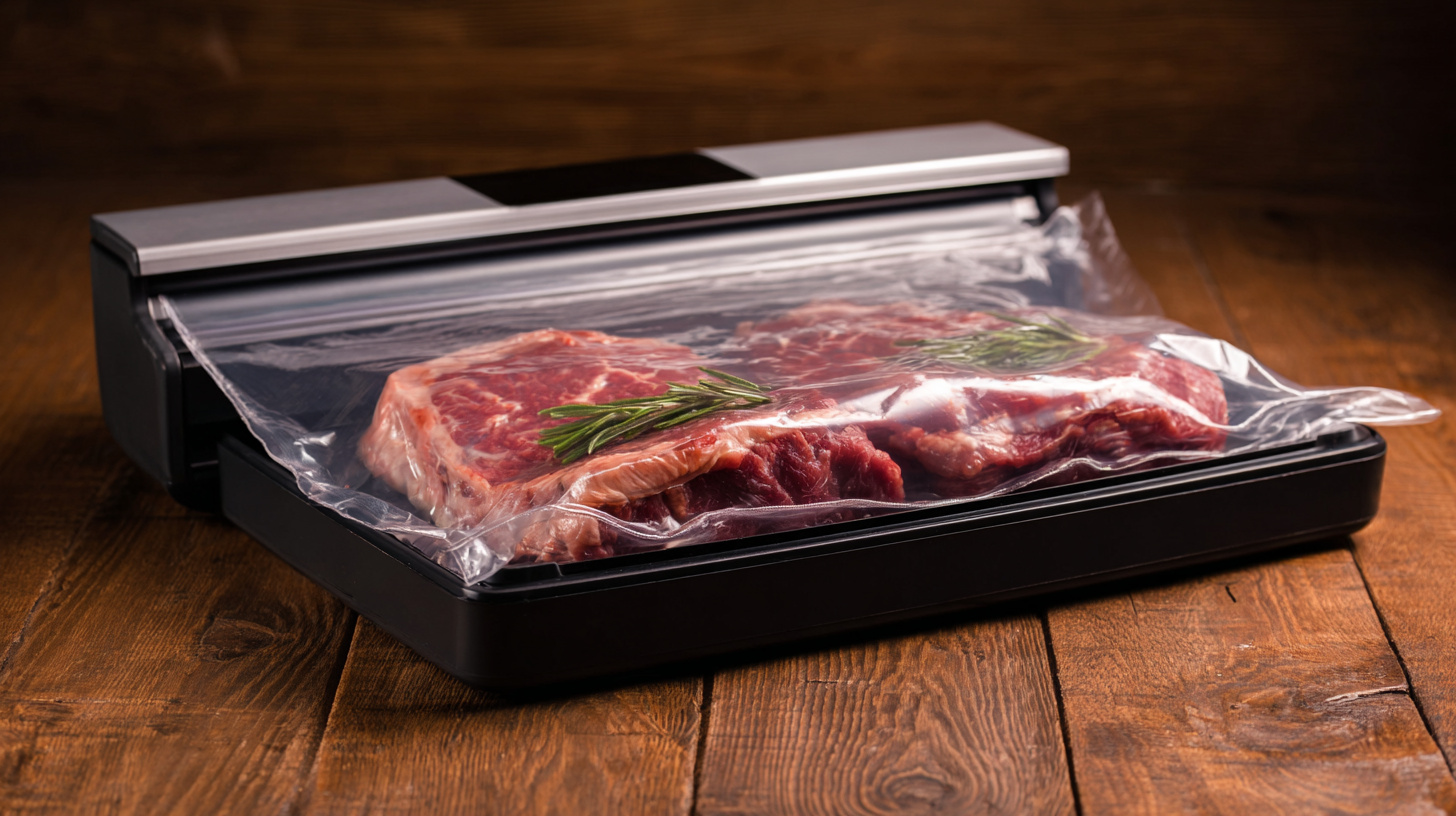
Comparing Different Types of Meat Vacuum Sealers on the Market
When it comes to preserving meat, choosing the right vacuum sealer is crucial for maintaining freshness and quality. The market offers various types of vacuum sealers, each designed with unique features aimed at enhancing the sealing process. Among these, chamber vacuum sealers stand out for their ability to remove air from a sealed bag, creating an airtight environment that significantly extends the shelf life of meat. Their robust construction and superior sealing capability make them ideal for both home cooks and professional kitchens, ensuring that cuts of meat retain their flavors and nutritional value without freezer burn.
In addition to chamber vacuum sealers, external vacuum sealers are also commonly used. These devices are typically more user-friendly and cost-effective, making them a popular choice for home users. However, they may not achieve the same level of vacuum as chamber models, which can compromise the longevity of the vacuum-sealed meat. Understanding the differences between these sealing systems, including material options like polyethylene and nylon, helps consumers make informed decisions based on their specific needs, whether for storing bulk meats or preparing them for sous-vide cooking.
Tips for Maintaining Optimal Performance of Your Vacuum Sealer
Maintaining optimal performance of your vacuum sealer is crucial for preserving the freshness and quality of meat. According to a report by the Institute of Food Technologists, vacuum sealing can extend the shelf life of perishable items by 2 to 5 times compared to traditional storage methods. To ensure your sealer operates at peak efficiency, it’s essential to regularly clean the sealing strip and vacuum chamber, as residue can hinder performance. A simple wipe-down with a damp cloth after each use can prevent buildup and enhance sealing effectiveness.
Additionally, selecting the right bags is fundamental to maximizing the vacuum sealer's capabilities. Using commercial-grade, BPA-free vacuum bags can significantly improve the quality of the sealed items. The USDA notes that proper sealing prevents freezer burn, with vacuum-sealed products maintaining quality for up to three years in the freezer compared to 6 months for non-sealed products. It’s also wise to check for leaks by performing a simple test: observing for air pockets within the bag after sealing. Regularly following these maintenance tips can robustly protect your investments and ensure the longevity of both your vacuum sealer and the quality of the meat you store.
Common Mistakes to Avoid When Vacuum Sealing Meat Products
When vacuum sealing meat products, avoiding common mistakes is key to preserving freshness and quality. One primary error is not using the correct type of vacuum bag. According to industry reports, using non-specialized bags can lead to premature spoilage, as standard plastic won't maintain the necessary barrier against oxygen. It’s crucial to invest in high-quality vacuum bags designed specifically for food storage.
Tip: Always check for punctures or tears in your vacuum bags before sealing. A small hole can compromise the seal and allow air to enter, leading to freezer burn or bacterial growth.
Another frequent mistake is sealing meat that is still warm. The USDA notes that sealing warm meat can create moisture condensation inside the bag, promoting the growth of bacteria. Allowing meat to cool to room temperature before sealing can ensure a better vacuum seal and enhance safety.
Tip: For optimal results, chill the meat in the fridge before vacuum sealing. This practice not only helps in achieving a better seal but also maintains the integrity of the meat’s texture and flavor.
Related Posts
-
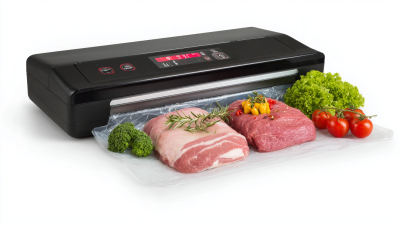
Superior Quality Chinese Manufacturing Leading the Global Market with the Best Meat Vacuum Sealer
-
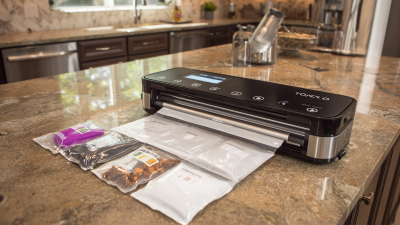
7 Essential Tips for Choosing the Best Vacuum Sealer for Your Kitchen Needs
-
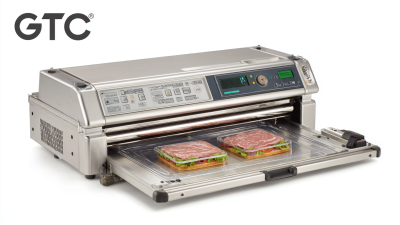
Unlocking the Value: Advantages of the Best Commercial Chamber Vacuum Sealers for Diverse Industries
-
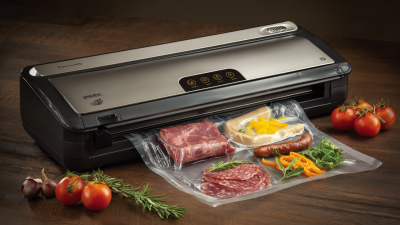
Unlocking the Advantages of the Best Commercial Food Vacuum Sealer for Your Business
-
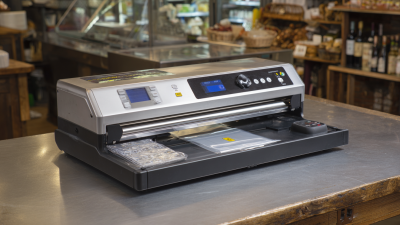
Solutions for Efficient Packaging: Unlocking the Benefits of the Best Double Chamber Vacuum Sealer
-
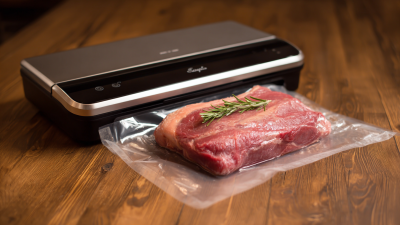
Ultimate Guide to Using the Best Meat Vacuum Sealer for Perfect Preservation

